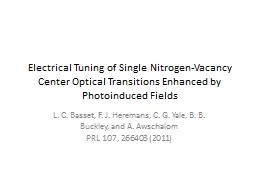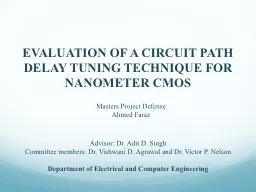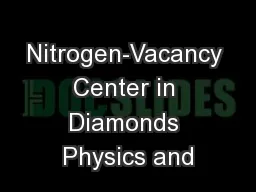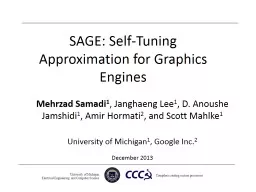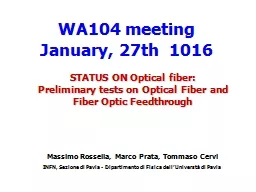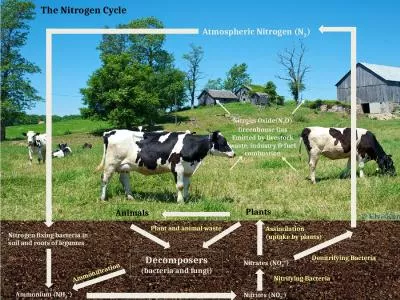PPT-Electrical Tuning of Single Nitrogen-Vacancy Center Optical
Author : cheryl-pisano | Published Date : 2017-11-03
Photoinduced Fields L C Basset F J Heremans C G Yale B B Buckley and A Awschalom PRL 107 266403 2011 Motivation NV centers are sensitive to their local environment
Presentation Embed Code
Download Presentation
Download Presentation The PPT/PDF document "Electrical Tuning of Single Nitrogen-Vac..." is the property of its rightful owner. Permission is granted to download and print the materials on this website for personal, non-commercial use only, and to display it on your personal computer provided you do not modify the materials and that you retain all copyright notices contained in the materials. By downloading content from our website, you accept the terms of this agreement.
Electrical Tuning of Single Nitrogen-Vacancy Center Optical: Transcript
Download Rules Of Document
"Electrical Tuning of Single Nitrogen-Vacancy Center Optical"The content belongs to its owner. You may download and print it for personal use, without modification, and keep all copyright notices. By downloading, you agree to these terms.
Related Documents

